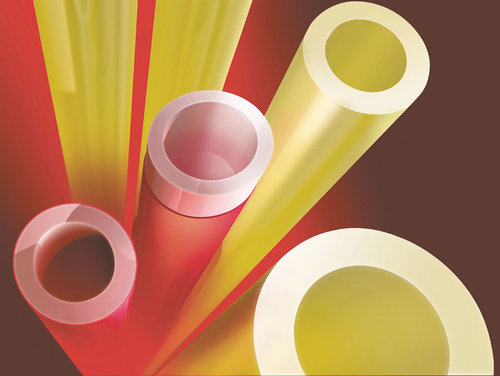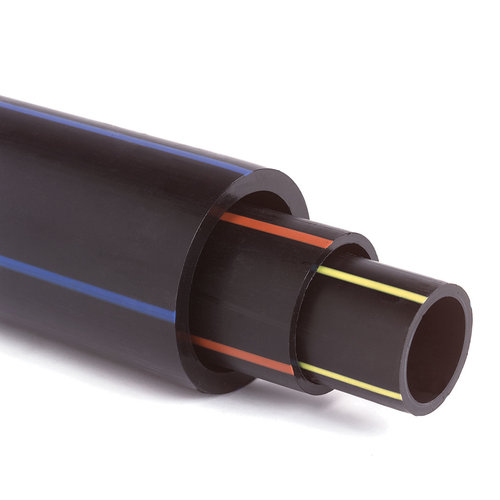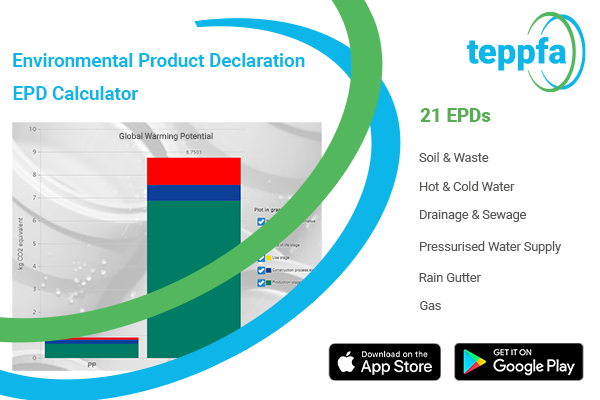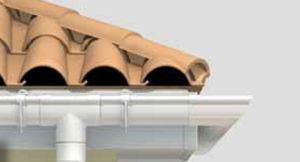
TEPPFA provides EPD’s for almost all plastic pipe systems within civil engineering, building and utility systems with the purpose of providing transparency of the plastic pipe systems’ impact on our environment.
The EPD’s are used by engineers, contractors and system owners as an input for assessing and calculating the environmental impact of new building projects, renovation of existing buildings or planning of municipal fresh water or waste water systems.
In total more than 20 EPD’s have been developed and the range of products covered among other include sewer systems, fresh water pipes, heating pipes and rain gutters. Materials represented are PE, PP, PEX, PB, PVC-U (un-plasticised) and PVC-O (oriented) as well as PVC pipes produced with use of recycled material. These studies were positive for all the application areas and confirmed an excellent environmental performance.
The EPD’s Are Regularly Being Updated With The Latest Available Information
The European standard EN15804 “Sustainability of construction works” provides a recognised method of quantifying the environmental impact of products, processes and systems The EN 15804 standard furthermore requires an update of the EPD’s after a 5 year period in order to secure application of the latest knowledge. A number of the TEPPFA EPD’s have now reached the 5 year limit. We are therefore in progress of updating the EPDs. Already now four EPD’s have been updated with the latest data:
- PP system for Soil & Waste inside building.
- PE system for water supply in the ground.
- PVC-U system for water supply in the ground.
- PEX system for Hot & Cold inside building.
Outcome of the updated EPD’s is in line with the previous findings although we see some ups and downs in the individual impact categories due to use of an updated (and more precise) dataset. Typically we see an increased impact in the “ozone layer depletion” and decreased impact in the “eutrophication” which both are due to change in the data from the raw material production.
The process of the EPDs’ update will continue as they expire. In 2017 we are in progress of updating 6 EPDs. You will find the updated reports on the TEPPDA web-site as soon as they are ready. Standard Behind The EPD’s Will Change In The Near Future.
European Commission has requested CEN to revise the EN15804 standard in order to align it with the Product Environmental Footprint methodology currently being developed by DG Environment. We can therefore expect that the methodology behind the EPD’s will change in the future and, for example, contain new impact categories such as human toxicity. TEPPFA is following this work very closely and will adapt the new EPD procedures as soon as they come into force.
You can find and download the EPD’s on the TEPPFA website.


